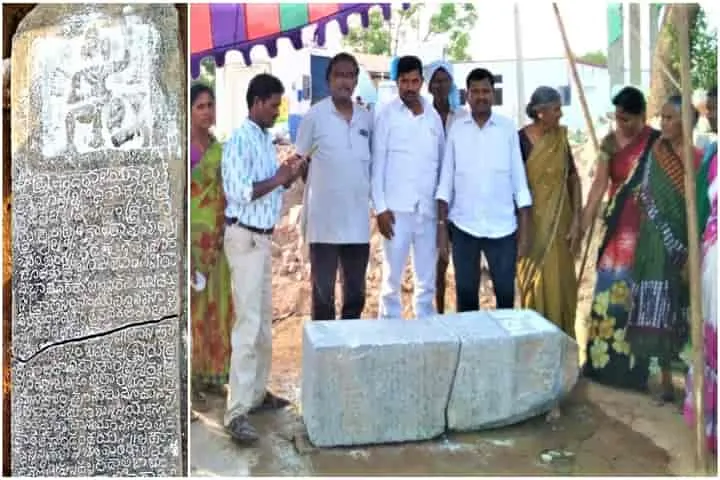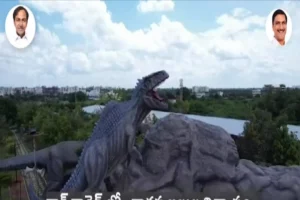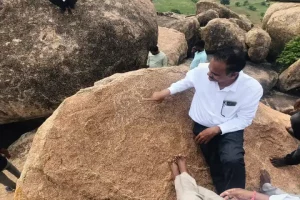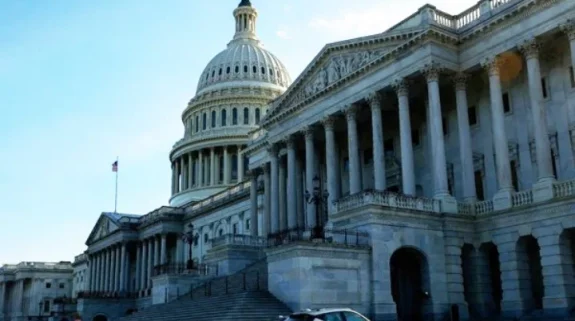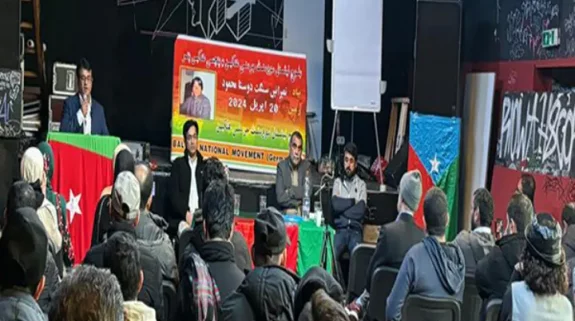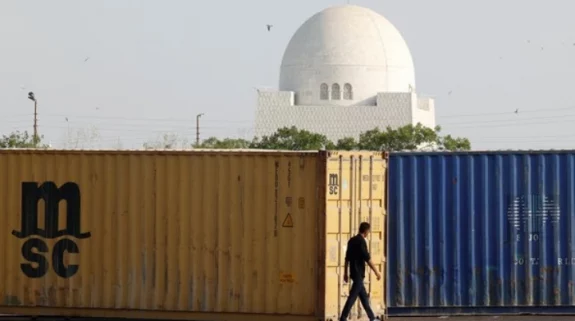The archaeologists and historians of Kotha Telangana Charitra Brundam made a significant discovery when they found an inscription from the 13th and 14th Centuries in Sri Varadaraja Swamy Temple situated in Peddakandukur, Yadadri Bhuvanagiri district, Telangana.
KTCB’s founder, Sriramoju Haragopal, talking to teleanganatoday.com about the inscription said it has 112 lines in Telugu and belongs to the Kakatiya dynasty. The edit is dated July 28, 1311 which was a Wednesday and it was the reign of Kakatiya Prataparudra.
These lines specify the donations that were made to the temple by Lenka Yadaiah’s wife Mallu Balamma of Peddakandukur village. It also talks about the economic and social institutions prevailing during Kakatiyas and mentions that villagers would pay taxes for the maintenance of the temple.
Interestingly while the word ‘Kakatiya’ is not mentioned in the inscription, there is a reference to Kakatiya rulers like Rudradeva, his younger brother Mahadeva and daughter Rudramadevi and her grandson Prataparudra.
This discovery was made by Vemuganti Muralikrishna and Dr. Mandala Swami members of KTCB with assistance from local people
Sharing other details, Haragopal said: “The members also found two rare Veeragallulu or victory stones here carrying ancient inscriptions, two Atmahuti Veeragallu, and a Satishila Veeragallu.”
While the shivalayam at the temple has a Kakatiya style Lingavedi and Shivling its doorways have kalashas on either side. The temple entrance has a sculpture of Gajalaxmi with Mulabandhasana and the courtyard has a Chalukya-style Saptamatrika panel.
As per Haragopal: “Based on the archaeology, sculptures, and temples, Peddakandukur looks like a historically prosperous village from Satavahanas to the Kakatiyas.”
Also read: 4,300-year-old tomb of Egyptian official spotlights Pharaonic bureaucracy






